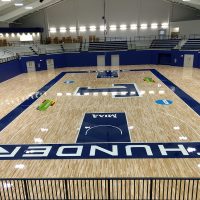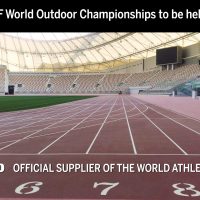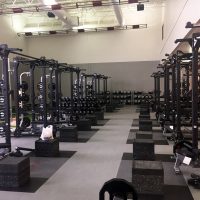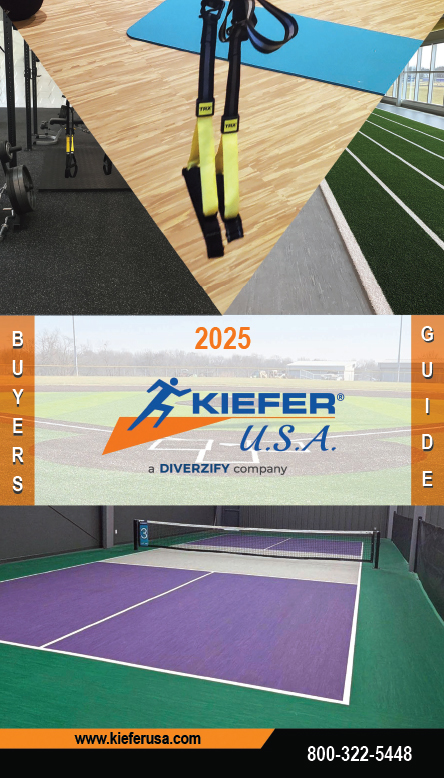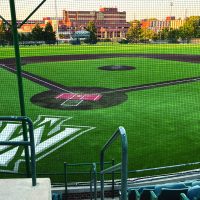
Baseball and Softball Artificial Field Turf FAQ
Baseball has been a staple of American culture since the second half of the 19th century. It has always been a popular sport to watch and follow at the professional level and a popular sport to play from kids playing baseball on the playground and youth baseball leagues to high school, NCAA, and professional baseball. Softball is also a popular sport from youth softball up through NCAA softball and there are many recreational softball leagues for adults throughout the U.S.
Baseball and softball have both been played on grass and dirt fields since their inception and both sports continue to largely be played on grass surfaces to this day. However, it is not uncommon for baseball and softball to be played on artificial field turf. Baseball and softball turf fields are ideal for areas in which indoor stadiums or stadiums with retractable roofs are preferable due to high heat or rainfall. They can also be used in place of natural grass just about anywhere as they offer a similar performance but require less maintenance.
In this guide, we cover the most frequently asked questions regarding artificial field turf for baseball and softball to help you get a better understanding of the benefits and materials of artificial turf.
FAQ
When was artificial field turf first used?
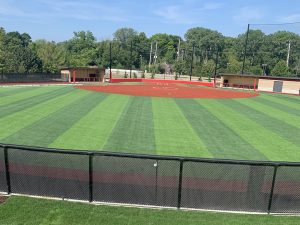 Artificial field turf was first used in 1966 when it was installed in the Astrodome in Houston, TX, which at the time was the home of the Houston Astros of the MLB. The first artificial turf surface, then known as ChemGrass, consisted of a dense nylon carpet with short fibers installed over a compacted soil base. The next year, a closed-cell elastomeric foam pad was added between the carpet and soil to provide shock absorption. This type of artificial turf was widely adopted by professional football and baseball stadiums throughout the 1970s and 1980s and became referred to as AstroTurf because of where it was first installed.
Artificial field turf was first used in 1966 when it was installed in the Astrodome in Houston, TX, which at the time was the home of the Houston Astros of the MLB. The first artificial turf surface, then known as ChemGrass, consisted of a dense nylon carpet with short fibers installed over a compacted soil base. The next year, a closed-cell elastomeric foam pad was added between the carpet and soil to provide shock absorption. This type of artificial turf was widely adopted by professional football and baseball stadiums throughout the 1970s and 1980s and became referred to as AstroTurf because of where it was first installed.
Many stadiums switched to AstroTurf during this time because it provided a consistent playing surface with the ability to endure a high volume of traffic. The use of AstroTurf sparked the multi-sport stadium trend in the 1970s and 1980s but fell out of favor by the late 1980s because many believed it was contributing to injuries in athletes. A second generation of artificial turf was developed in 1976 that used an infill system for shock absorption and third generation turf systems, which are used today, were an improvement on the second-generation turf surfaces and started becoming widely used in the late 1990s.
What are the benefits of artificial field turf compared to natural grass?
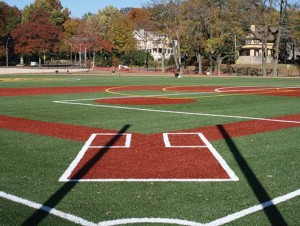 Natural grass offers shock absorption and traction which are necessary features for athlete safety. However, artificial field turf provides the following benefits for baseball and softball:
Natural grass offers shock absorption and traction which are necessary features for athlete safety. However, artificial field turf provides the following benefits for baseball and softball:
- Consistency: Artificial field turf provides a more consistent playing surface because it cannot be ripped up and dug out like natural grass. Because of this, artificial turf also has a more consistent appearance.
- Durability: Artificial turf can withstand a higher volume of foot traffic and endure extreme climate conditions.
- Maintenance: Artificial turf is cheaper and easier to maintain than natural grass and there is no need to treat it with chemicals.
Which MLB teams use artificial turf?
There are currently five MLB teams that play on artificial field turf:
- Arizona Diamondbacks – Chase Field in Phoenix, AZ
- Toronto Blue Jays – Rogers Center in Toronto, Ontario
- Tampa Bay Rays – Tropicana Field in St. Petersburg, FL
- Miami Marlins – Loandepot Park in Miami, FL
- Texas Rangers – Globe Life Field in Arlington, TX
There are many traditionalists who believe that baseball is best played on natural grass which is why there are only five MLB teams using artificial turf. However, artificial turf has become more widely adopted by the NCAA for baseball and softball fields.
What is the cost of artificial field turf for a baseball or softball field?
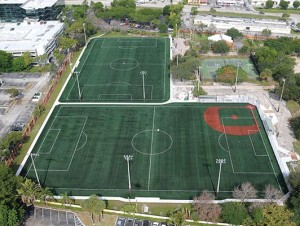 Artificial turf for baseball and softball fields generally costs between $400,000 and $700,000 to install. This may seem like a large upfront cost compared to natural grass fields, but they have much lower maintenance costs. The maintenance costs of an artificial baseball field are about $5000 per year while yearly expenses for natural grass field maintenance are around $20,000. Artificial turf can also be used year-round.
Artificial turf for baseball and softball fields generally costs between $400,000 and $700,000 to install. This may seem like a large upfront cost compared to natural grass fields, but they have much lower maintenance costs. The maintenance costs of an artificial baseball field are about $5000 per year while yearly expenses for natural grass field maintenance are around $20,000. Artificial turf can also be used year-round.
Is artificial turf safe for baseball and softball fields?
The reason AstroTurf fell out of favor is because it was believed to be responsible for athlete injuries. This surface did not provide much for shock absorption which made impacts harsh, including falls and impacts on the joints from running. With the current generation of artificial field turf, the main concerns when it comes to safety are heat retention in hot climates and chemicals contained within the rubber infill.
Each year, artificial turf is made safer as the fiber, infill, and underlayment used are continually improved. Artificial field turf has superior durability, traction, and shock absorption which creates a safer playing surface.
What materials are used for artificial turf for baseball and softball fields?
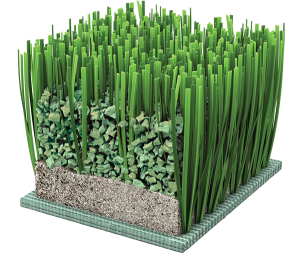
Artificial turf consists of several layers. The base layer under the turf may consist of gravel or sand, but more modern turf has a base layer that features granulated rubber between layers of polyester. The fibers that mimic grass blades are made from nylon, polypropylene, or polyethylene and are attached to the polyester of the underlayment. Infill is used to mimic soil and help the fibers stand up while providing a layer for shock absorption and support. The infill may consist of silica sand, granulated rubber, or a combination of the two.
What do players think about artificial turf?
While professional athletes complained about AstroTurf when it is widely in use, current athletes say that they cannot tell the difference between playing on artificial turf or natural grass while many prefer artificial turf. Artificial turf baseball and softball fields not only provide excellent shock absorption and traction for superior performance and a reduced risk of injuries, but they also offer consistent ball roll and ball bounce.
Artificial turf is also more beneficial in climates that are too harsh for natural grass. For example, the Arizona Diamondbacks switched to artificial turf because the desert heat hardened the field as the season progressed which made the ball move faster and bounce higher than it would on artificial turf or natural grass in a different climate.
Artificial Baseball and Softball Field Turf from Kiefer
Baseball and softball fields must offer excellent support and response for player to surface interactions as well as ball to surface interactions. At Kiefer USA, we offer the Mondo FTS3 Artificial Turf System for baseball and softball fields. This system was developed and tested by Mondo to provide shock absorption that allows for superior athlete performance with reduced risks of injury and natural ball reactions as close as possible to that of a natural grass surface.
The advanced Mondo FTS3 system consists of the following:
FTS Turf Underlayment
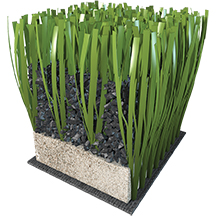 The FTS Turf Underlayment is the base of the FTS3 system and consists of recycled rubber granules between two polyester layers. The rubber granules are made from recycled tires, and they are encapsulated in polyurethane to reduce the risk of contamination from the rubber. The underlayment has the following features:
The FTS Turf Underlayment is the base of the FTS3 system and consists of recycled rubber granules between two polyester layers. The rubber granules are made from recycled tires, and they are encapsulated in polyurethane to reduce the risk of contamination from the rubber. The underlayment has the following features:
- Uniform playing surface: The rubber granules of the FTS underlayment do not migrate or compact which ensures a uniform playing surface and consistent biochemical characteristics.
- Shock absorption: This underlayment provides excellent shock absorption and energy return for superior athlete performance with a reduced risk of injury.
- Superior drainage: This underlayment has an excellent vertical drainage rate, lateral transmission, and water retention rate for a drainage capacity 50% higher than traditional polypropylene beads and drainage tiles.
- Environmentally friendly: The polyurethane coating on the rubber granules protect athletes and the environment from contamination of carcinogenic substances that are found in recycled rubber tires.
4NX Artificial Turf Fiber
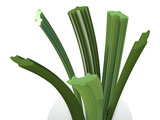 The 4NX Artificial Turf fiber is the “grass” of the FTS3 system. These fibers have been designed at the molecular level to provide excellent mechanical properties. Each fiber has a semi-concave structure and three asymmetrical center spines that provide excellent recovery, authentic ball response, dimensional memory, and resistance to matting. The 4NX turf fibers are attached directly to the polyester layer of the FTS Turf Underlayment.
The 4NX Artificial Turf fiber is the “grass” of the FTS3 system. These fibers have been designed at the molecular level to provide excellent mechanical properties. Each fiber has a semi-concave structure and three asymmetrical center spines that provide excellent recovery, authentic ball response, dimensional memory, and resistance to matting. The 4NX turf fibers are attached directly to the polyester layer of the FTS Turf Underlayment.
The following are the main benefits of the 4NX Turf fibers:
- Excellent memory and resistance
- Two-tone color for natural appearance
- Natural ball response
- UV protector additive for improved resistance to UV rays
- Up to 16,000 Dtex
Ecofill Turf Infill
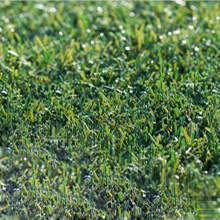 Ecofill Turf Infill is an eco-friendly infill system developed by Mondo that offers performance, feel, and safety that is the closet to a natural grass field. The main features of Ecofill Turf infill include the following:
Ecofill Turf Infill is an eco-friendly infill system developed by Mondo that offers performance, feel, and safety that is the closet to a natural grass field. The main features of Ecofill Turf infill include the following:
- Enhanced safety: Ecofill provides unwavering shock absorption, effectively dissipating forces to enable athletes to perform swift movements such as pivoting, rotating, and sprinting with minimal resistance. Its unique structural resilience ensures superb bounce-back characteristics for enhanced energy return.
- Enhanced performance: Ecofill offers an optimal energy rebound, enabling athletes to enhance their acceleration, grounding, pivoting, and maneuvering capabilities for superior performance.
- Less radiant heat: Classic black rubber particles can raise the surface temperature on the field by as much as 79.8%, leading to increased tiredness and discomfort for athletes. Ecofill, in contrast, significantly reduces the amount of heat emitted.
- Low migration: Ecofill’s increased density compared to traditional infill materials minimizes the movement of granules, resulting in a consistently even and durable playing surface.
- Environmentally green: Ecofill is made from 95% recyclable materials and does not contain PAHs, heavy metals, or aromatic amines.
Classic Infill
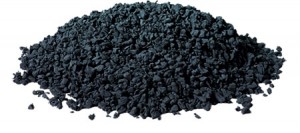 The more affordable Classic Infill from Mondo has the following features:
The more affordable Classic Infill from Mondo has the following features:
- The size and shape of the rubber granules and sand prevent compaction
- The rubber granules are virtually non-abrasive
- Classic infill offers excellent durability
- Contaminants are removed from the infill in the granulation process
- Infill is dust free and made from 100% post-consumer recycled materials
- Offers 60% shock absorption
- Conforms to ISO 9001 high production quality and standards
Mondo Super X Performance
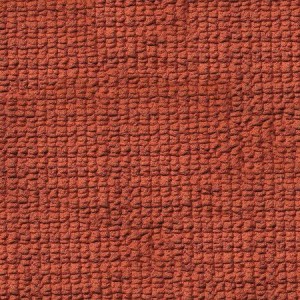 The Mondo Super X Performance surface is traditionally a track surface consisting of two layers of vulcanized rubber. However, this surface is an excellent option for warning tracks and dugouts for baseball and softball fields.
The Mondo Super X Performance surface is traditionally a track surface consisting of two layers of vulcanized rubber. However, this surface is an excellent option for warning tracks and dugouts for baseball and softball fields.
The Mondo Super X Performance surface offers a consistent feel and excellent shock absorption and energy return. The following are the main characteristics:
- Non-slip top layer that provides excellent traction and drainage
- Shock absorption layer with consistent biochemical and physical properties for excellent shock absorption and energy return that maximizes athlete safety and comfort
- Unparalleled lifespan and durability with low maintenance requirements
- 100% recyclable and free of CFCs, heavy metals, asbestos, chlorine, plasticizers, and halogen
Contact Kiefer USA
Kiefer USA can provide and install artificial turf for baseball and softball fields at all levels, including professional and collegiate fields. Our professionals can install the Mondo FTS3 Turf System to provide your school or facility with a high-performance surface that best matches the ball response and shock absorption and energy return of well-maintained natural grass.
For more about our baseball and softball artificial field turf options, call Kiefer USA at (800) 322-5448.
